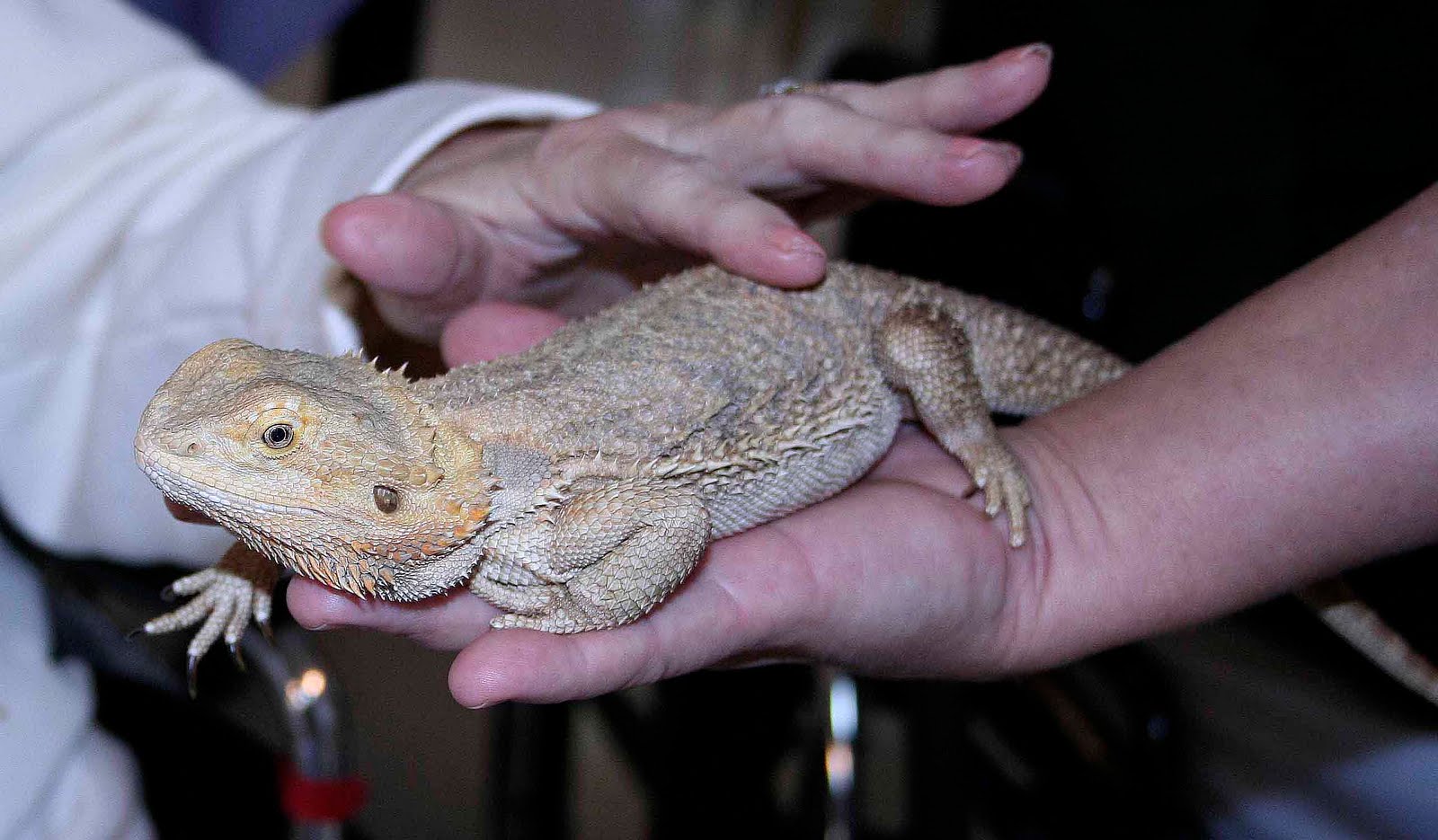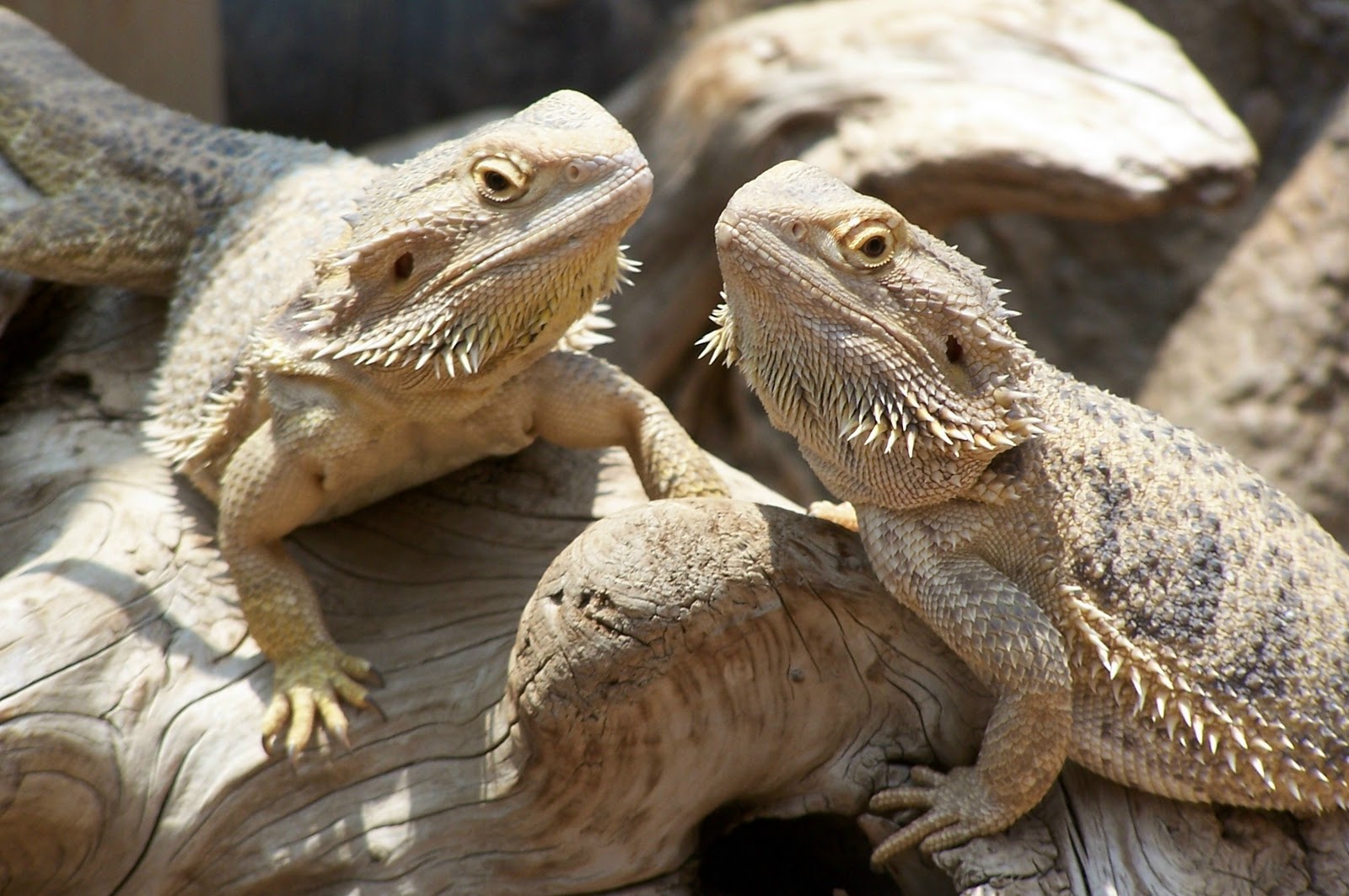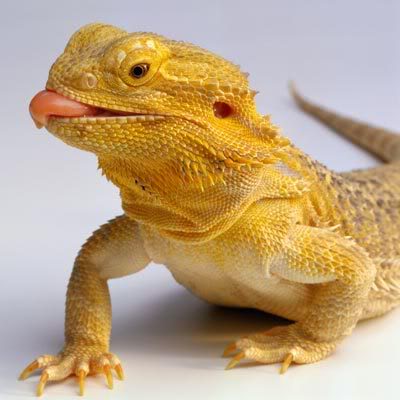The Surprising Intelligence of Bearded Dragons: Everything a Beginner Should Know
Introduction
Bearded dragons, also known as ‘beardies’, are reptiles that are native to Australia. They get their name from the spiky beard-like protrusions under their chins that they can puff up when they feel threatened or excited. As pets, they are becoming more and more popular due to their friendly nature and their ease of care. However, what many people don’t realize is that they are also quite intelligent creatures that are capable of learning and problem-solving.
What Makes Bearded Dragons Intelligent?
Bearded dragons have relatively large brains compared to other reptiles. This allows them to process and remember information better. They also have good eyesight, and they are able to differentiate between different colors and shapes. This means that they are able to recognize their owners and other bearded dragons, and they can also track and hunt prey in the wild.
Social Intelligence
Bearded dragons are naturally social animals, and in the wild, they live in groups. This means that they have developed a certain level of social intelligence to help them navigate their relationships with other bearded dragons. As pets, they are able to recognize their owners and respond to their voices and interactions. They can also learn to differentiate between different human faces and voices.
Learning and Problem-Solving
Bearded dragons are able to learn through trial and error. For example, if they are rewarded for doing certain behaviors, they will learn to repeat those behaviors in order to receive the reward. They can also problem-solve by using previous experiences and knowledge to help them figure out new challenges. This is especially evident when it comes to food. If they are given a new type of food, they will often sniff it, lick it, and touch it before they eat it.
Training Your Bearded Dragon
Training your bearded dragon is a great way to stimulate their intelligence and build your bond with them. One basic training technique is to use positive reinforcement. When your bearded dragon does something you want them to do, such as use their basking spot, reward them with treats or affection. You can also use clicker training to teach your bearded dragon more complex behaviors, such as learning to respond to their name or coming when called.
Conclusion
Bearded dragons are more than just cute pets. They are also intelligent creatures with social and problem-solving skills. By understanding their intelligence, you can better train and bond with your bearded dragon, and provide them with the mental stimulation they need to thrive.






